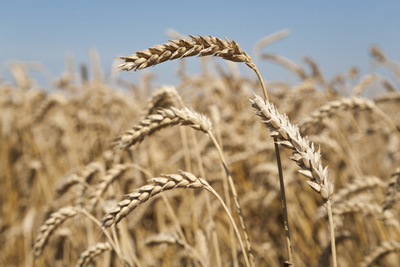Wheat genome sequencing to boost production and safety
- Like
- Digg
- Del
- Tumblr
- VKontakte
- Buffer
- Love This
- Odnoklassniki
- Meneame
- Blogger
- Amazon
- Yahoo Mail
- Gmail
- AOL
- Newsvine
- HackerNews
- Evernote
- MySpace
- Mail.ru
- Viadeo
- Line
- Comments
- Yummly
- SMS
- Viber
- Telegram
- Subscribe
- Skype
- Facebook Messenger
- Kakao
- LiveJournal
- Yammer
- Edgar
- Fintel
- Mix
- Instapaper
- Copy Link
Posted: 7 July 2017 | Charlie Kortens | No comments yet
The wild emmer wheat genome has been sequenced and the results published. It is hoped that this new resource will allow scientists to improve the nutritional quality of grain as well as tolerance to diseases and water shortages.


Emmer wheat grows across the Middle East and is the ancestor of almost all modern domesticated wheat including bread and pasta.
Wild emmer is too low-yielding to be of use to farmers today, but it contains many attractive characteristics that are being used by plant breeders to improve wheat.
An international team of scientists led by Dr. Assaf Distelfeld of Tel Aviv University’s School of Plant Sciences and Food Security and Institute for Cereal Crops Improvement performed the sequencing.
“This new resource allowed us to identify a number of other genes controlling main traits that were selected by early humans during wheat domestication and that served as foundation for developing modern wheat cultivars,” said Dr. Eduard Akhunov of Kansas State University. “These genes provide an invaluable resource for empowering future breeding efforts.”
“From a biological and historical viewpoint, we have created a ‘time tunnel’ we can use to examine wheat from before the origins of agriculture,” said Dr. Distelfeld. “Our comparison to modern wheat has enabled us to identify the genes involved in domestication – the transition from wheat grown in the wild to modern day varieties. While the seeds of wild wheat readily fall off the plant and scatter, a change in two genes meant that in domesticated wheat, the seeds remained attached to the stalk; it is this trait that enabled humans to harvest wheat.”






